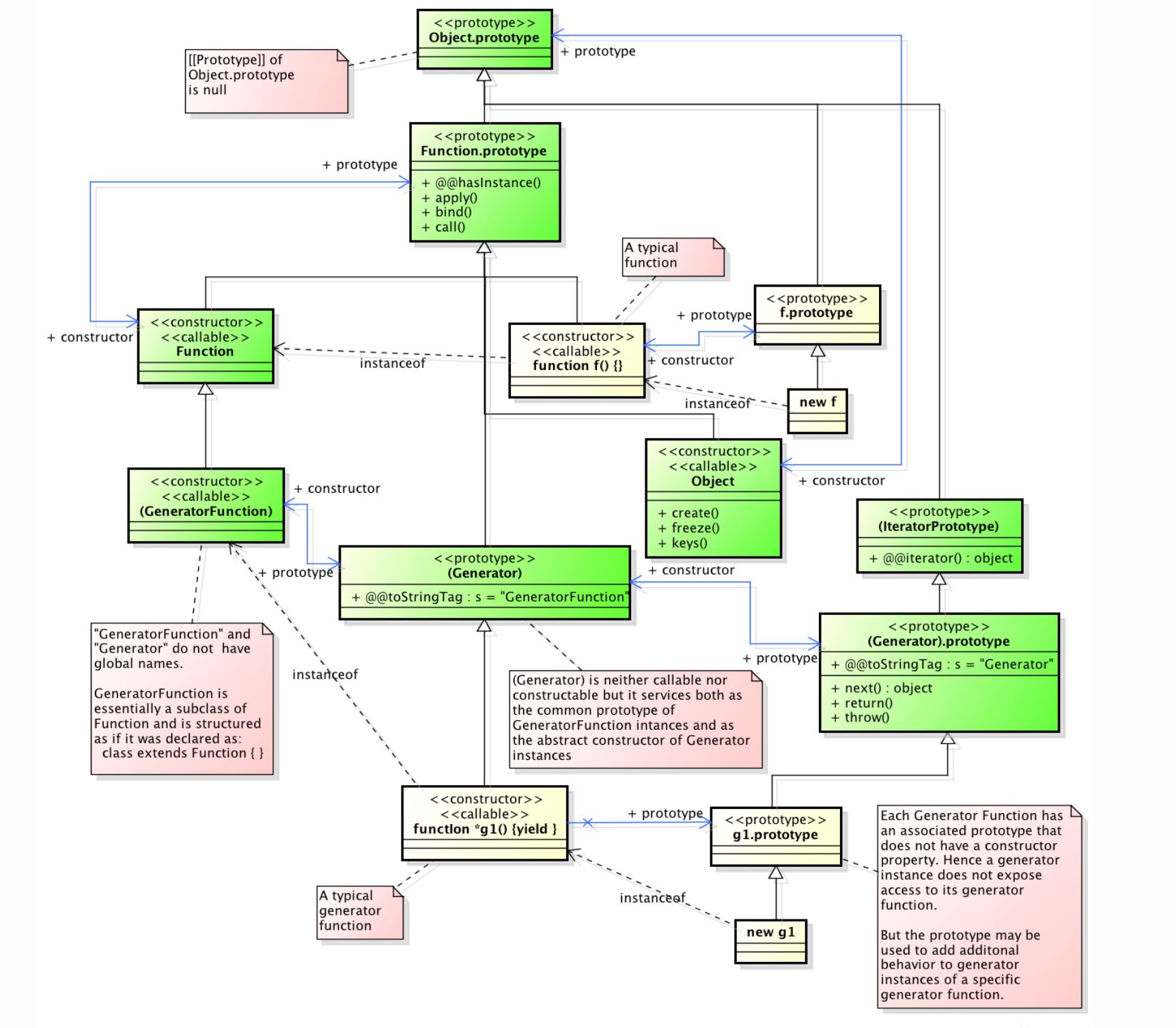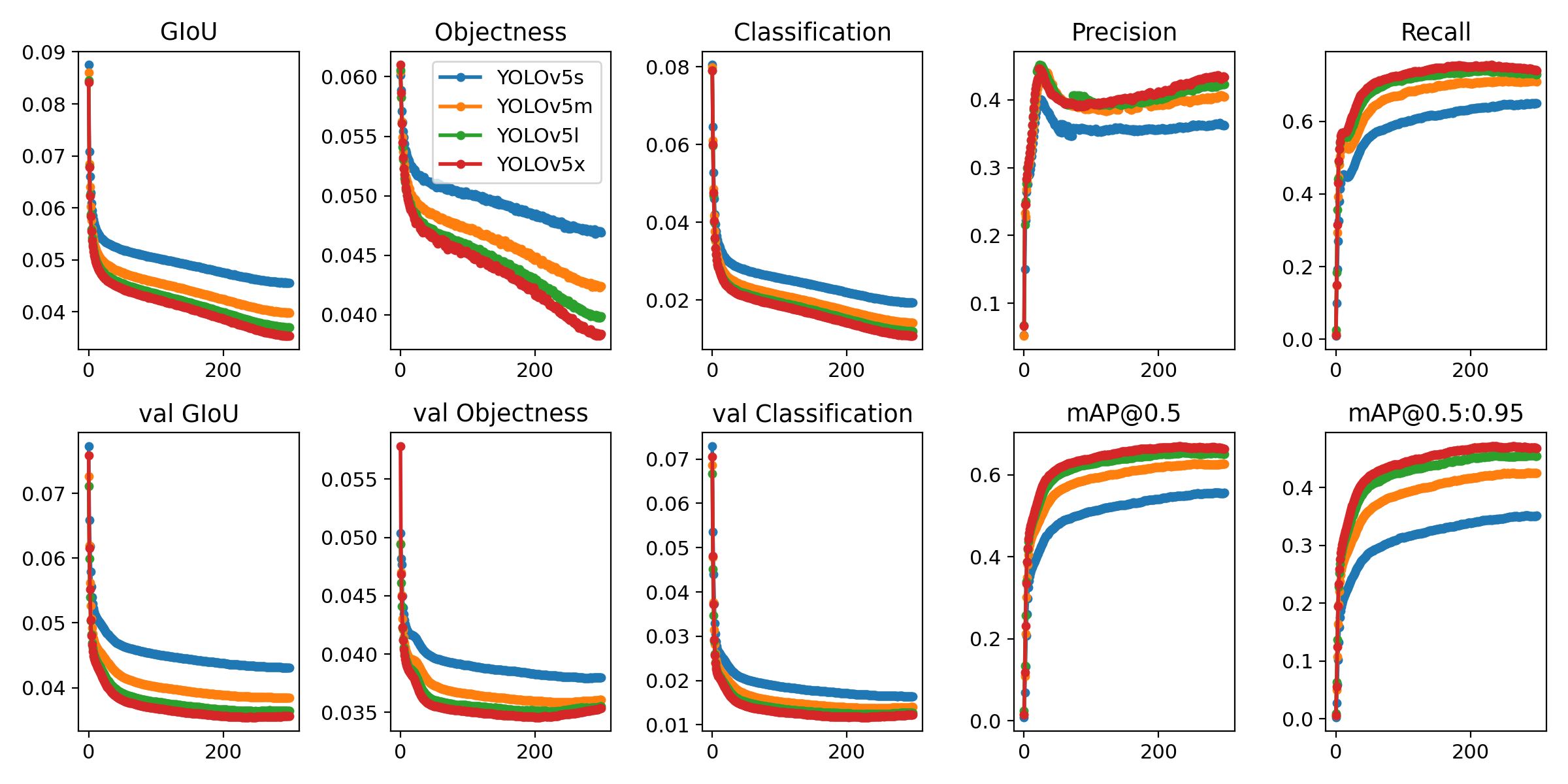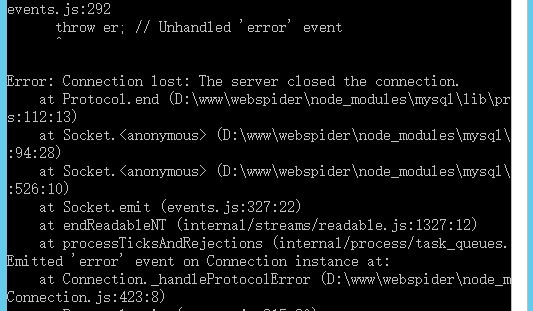本文就是简单介绍下 Generator 语法编译后的代码。
Generator
function* helloWorldGenerator() {
yield hello;
yield world;
return ending;
}我们打印下执行的结果:
var hw = helloWorldGenerator();
console.log(hw.next()); // {value: hello, done: false}
console.log(hw.next()); // {value: world, done: false}
console.log(hw.next()); // {value: ending, done: true}
console.log(hw.next()); // {value: undefined, done: true}Babel
具体的执行过程就不说了,我们直接在 Babel 官网的 ![图片[1]-ES6 系列之 Babel 将 Generator 编译成了什么样子?-技术鸭(jishuya.cn)](http://oss.jishuya.cn/wp-content/uploads/2022/09/20220911085742-631da3067203c.jpg)
图中 +@@toStringTag:s = Generator 的就是 Gp,+@@toStringTag:s = GeneratorFunction 的就是 GeneratorFunctionPrototype。
构建关系链的目的在于判断关系的时候能够跟原生的保持一致,就比如:
function* f() {}
var g = f();
console.log(g.__proto__ === f.prototype); // true
console.log(g.__proto__.__proto__ === f.__proto__.prototype); // true为了简化起见,我们可以把 Gp 先设置为一个空对象,不过正如你在上图中看到的,next()、 throw()、return() 函数都是挂载在 Gp 对象上,实际上,在完整的编译代码中,确实有为 Gp 添加这三个函数的方法:
// 117 行
function defineIteratorMethods(prototype) {
[next, throw, return].forEach(function(method) {
prototype[method] = function(arg) {
return this._invoke(method, arg);
};
});
}
// 406 行
defineIteratorMethods(Gp);为了简单起见,我们将整个 mark 函数简化为:
runtime.mark = function(genFun) {
var generator = Object.create({
next: function(arg) {
return this._invoke(next, arg)
}
});
genFun.prototype = generator;
return genFun;
};wrap 函数
除了设置关系链之外,mark 函数的返回值 genFun 还作为了 wrap 函数的第二个参数传入:
function helloWorldGenerator() {
return regeneratorRuntime.wrap(
function helloWorldGenerator$(_context) {
...
},
_marked,
this
);
}我们再看下 wrap 函数:
function wrap(innerFn, outerFn, self) {
var generator = Object.create(outerFn.prototype);
var context = new Context([]);
generator._invoke = makeInvokeMethod(innerFn, self, context);
return generator;
}所以当执行 var hw = helloWorldGenerator(); 的时候,其实执行的是 wrap 函数,wrap 函数返回了 generator,generator 是一个对象,原型是 outerFn.prototype, outerFn.prototype 其实就是 genFun.prototype, genFun.prototype 是一个空对象,原型上有 next() 方法。
所以当你执行 hw.next() 的时候,执行的其实是 hw 原型的原型上的 next 函数,next 函数执行的又是 hw 的 _invoke 函数:
generator._invoke = makeInvokeMethod(innerFn, self, context);innerFn 就是 wrap 包裹的那个函数,其实就是 helloWordGenerato$ 函数,呐,就是这个函数:
function helloWorldGenerator$(_context) {
while (1) {
switch ((_context.prev = _context.next)) {
case 0:
_context.next = 2;
return hello;
case 2:
_context.next = 4;
return world;
case 4:
return _context.abrupt(return, ending);
case 5:
case end:
return _context.stop();
}
}
}而 context 你可以直接理解为这样一个全局对象:
var ContinueSentinel = {};
var context = {
done: false,
method: next,
next: 0,
prev: 0,
abrupt: function(type, arg) {
var record = {};
record.type = type;
record.arg = arg;
return this.complete(record);
},
complete: function(record, afterLoc) {
if (record.type === return) {
this.rval = this.arg = record.arg;
this.method = return;
this.next = end;
}
return ContinueSentinel;
},
stop: function() {
this.done = true;
return this.rval;
}
};每次 hw.next 的时候,就会修改 next 和 prev 属性的值,当在 generator 函数中 return 的时候会执行 abrupt,abrupt 中又会执行 complete,执行完 complete,因为 this.next = end 的缘故,再执行就会执行 stop 函数。
我们来看下 makeInvokeMethod 函数:
var ContinueSentinel = {};
function makeInvokeMethod(innerFn, self, context) {
var state = start;
return function invoke(method, arg) {
if (state === completed) {
return { value: undefined, done: true };
}
context.method = method;
context.arg = arg;
while (true) {
state = executing;
var record = {
type: normal,
arg: innerFn.call(self, context)
};
if (record.type === normal) {
state = context.done
? completed
: yield;
if (record.arg === ContinueSentinel) {
continue;
}
return {
value: record.arg,
done: context.done
};
}
}
};
}基本的执行过程就不分析了,我们重点看第三次执行 hw.next() 的时候:
第三次执行 hw.next() 的时候,其实执行了
this._invoke(next, undefined);我们在 invoke 函数中构建了一个 record 对象:
var record = {
type: normal,
arg: innerFn.call(self, context)
};而在 innerFn.call(self, context) 中,因为 _context.next 为 4 的缘故,其实执行了:
_context.abrupt(return, ending);而在 abrupt 中,我们又构建了一个 record 对象:
var record = {};
record.type = return;
record.arg = ending;然后执行了 this.complete(record),
在 complete 中,因为 record.type === return
this.rval = ending;
this.method = return;
this.next = end;然后返回了全局对象 ContinueSentinel,其实就是一个全局空对象。
然后在 invoke 函数中,因为 record.arg === ContinueSentinel 的缘故,没有执行后面的 return 语句,就直接进入下一个循环。
于是又执行了一遍 innerFn.call(self, context),此时 _context.next 为 end, 执行了 _context.stop(), 在 stop 函数中:
this.done = true;
return this.rval; // this.rval 其实就是 `ending`所以最终返回的值为:
{
value: ending,
done: true
};之后,我们再执行 hw.next() 的时候,因为 state 已经是 completed 的缘故,直接就返回 { value: undefined, done: true}
不完整但可用的源码
当然这个过程,看文字理解起来可能有些难度,不完整但可用的代码如下,你可以断点调试查看具体的过程:
(function() {
var ContinueSentinel = {};
var mark = function(genFun) {
var generator = Object.create({
next: function(arg) {
return this._invoke(next, arg);
}
});
genFun.prototype = generator;
return genFun;
};
function wrap(innerFn, outerFn, self) {
var generator = Object.create(outerFn.prototype);
var context = {
done: false,
method: next,
next: 0,
prev: 0,
abrupt: function(type, arg) {
var record = {};
record.type = type;
record.arg = arg;
return this.complete(record);
},
complete: function(record, afterLoc) {
if (record.type === return) {
this.rval = this.arg = record.arg;
this.method = return;
this.next = end;
}
return ContinueSentinel;
},
stop: function() {
this.done = true;
return this.rval;
}
};
generator._invoke = makeInvokeMethod(innerFn, context);
return generator;
}
function makeInvokeMethod(innerFn, context) {
var state = start;
return function invoke(method, arg) {
if (state === completed) {
return { value: undefined, done: true };
}
context.method = method;
context.arg = arg;
while (true) {
state = executing;
var record = {
type: normal,
arg: innerFn.call(self, context)
};
if (record.type === normal) {
state = context.done ? completed : yield;
if (record.arg === ContinueSentinel) {
continue;
}
return {
value: record.arg,
done: context.done
};
}
}
};
}
window.regeneratorRuntime = {};
regeneratorRuntime.wrap = wrap;
regeneratorRuntime.mark = mark;
})();
var _marked = regeneratorRuntime.mark(helloWorldGenerator);
function helloWorldGenerator() {
return regeneratorRuntime.wrap(
function helloWorldGenerator$(_context) {
while (1) {
switch ((_context.prev = _context.next)) {
case 0:
_context.next = 2;
return hello;
case 2:
_context.next = 4;
return world;
case 4:
return _context.abrupt(return, ending);
case 5:
case end:
return _context.stop();
}
}
},
_marked,
this
);
}
var hw = helloWorldGenerator();
console.log(hw.next());
console.log(hw.next());
console.log(hw.next());
console.log(hw.next());









请登录后查看评论内容